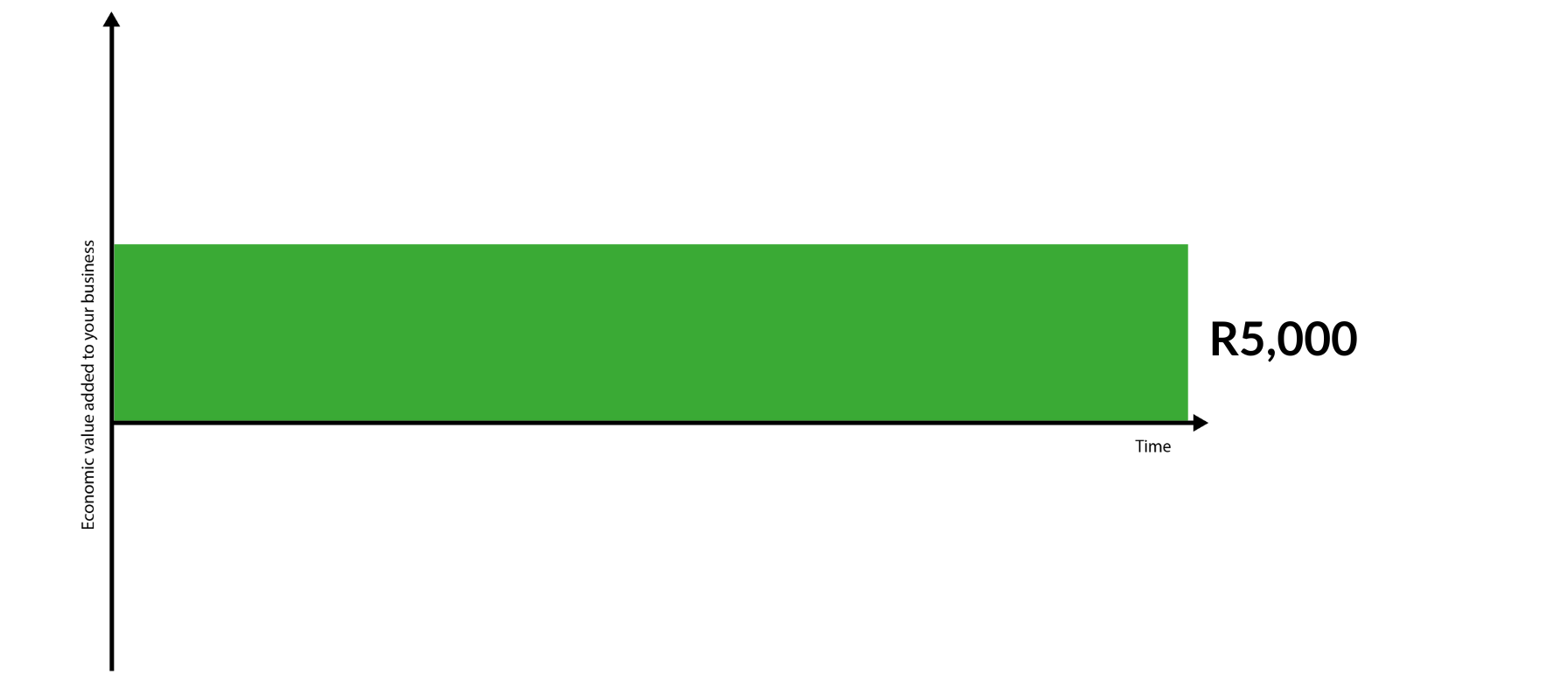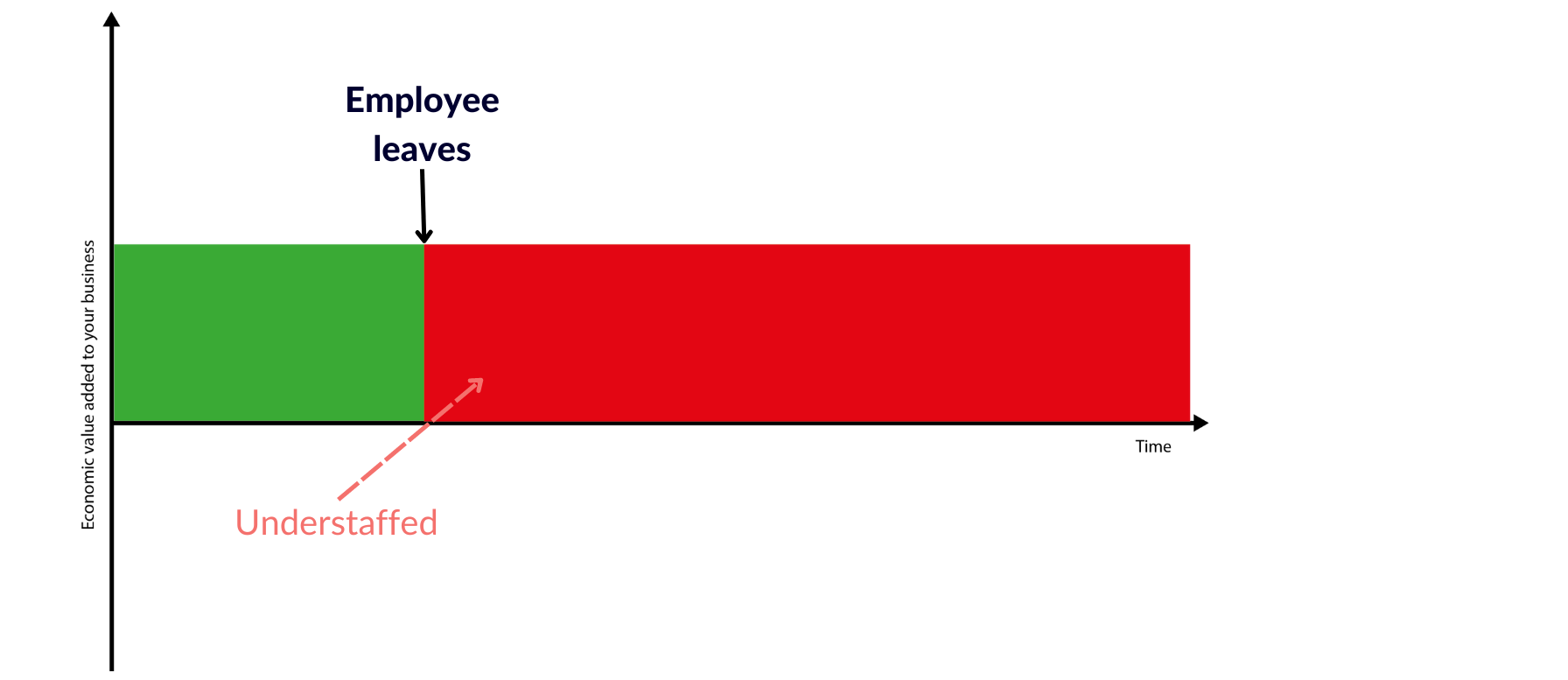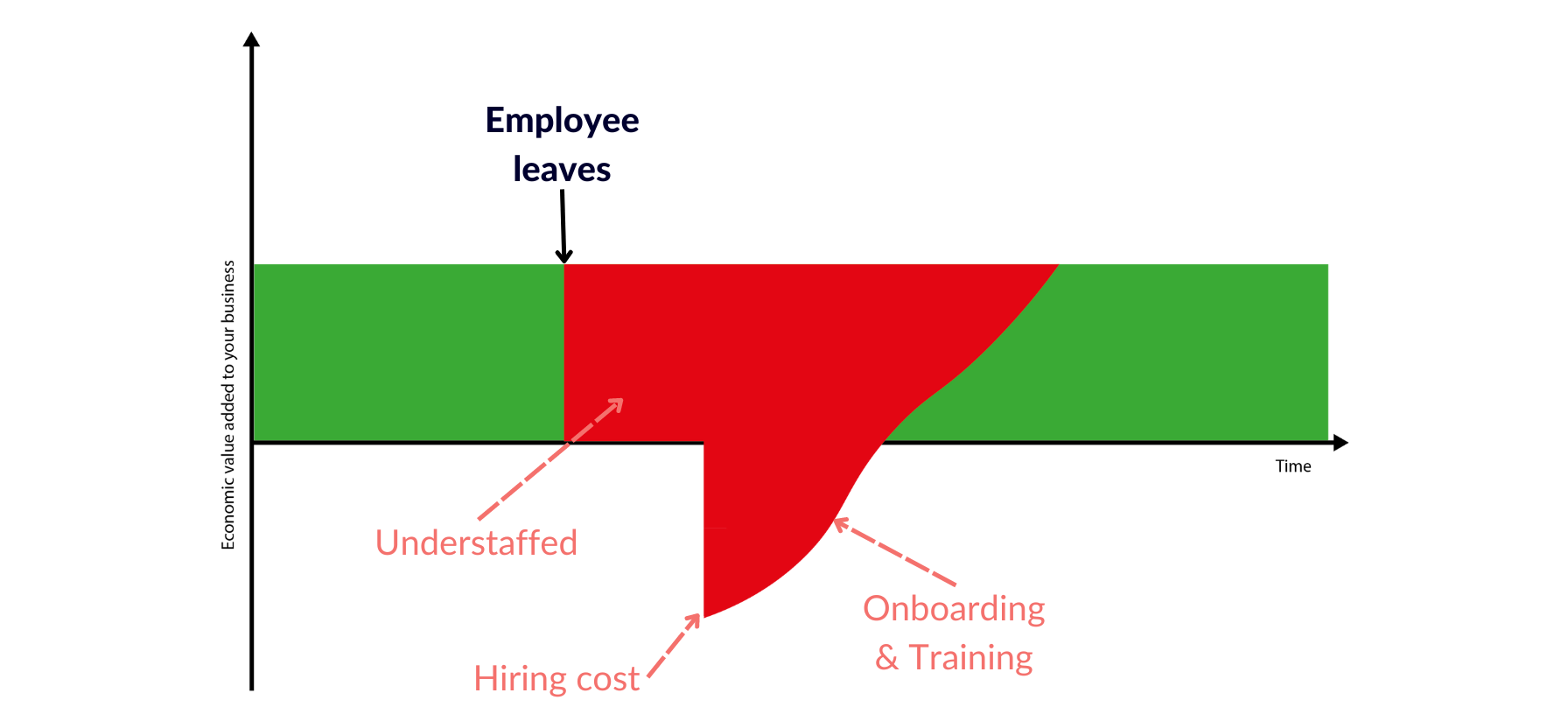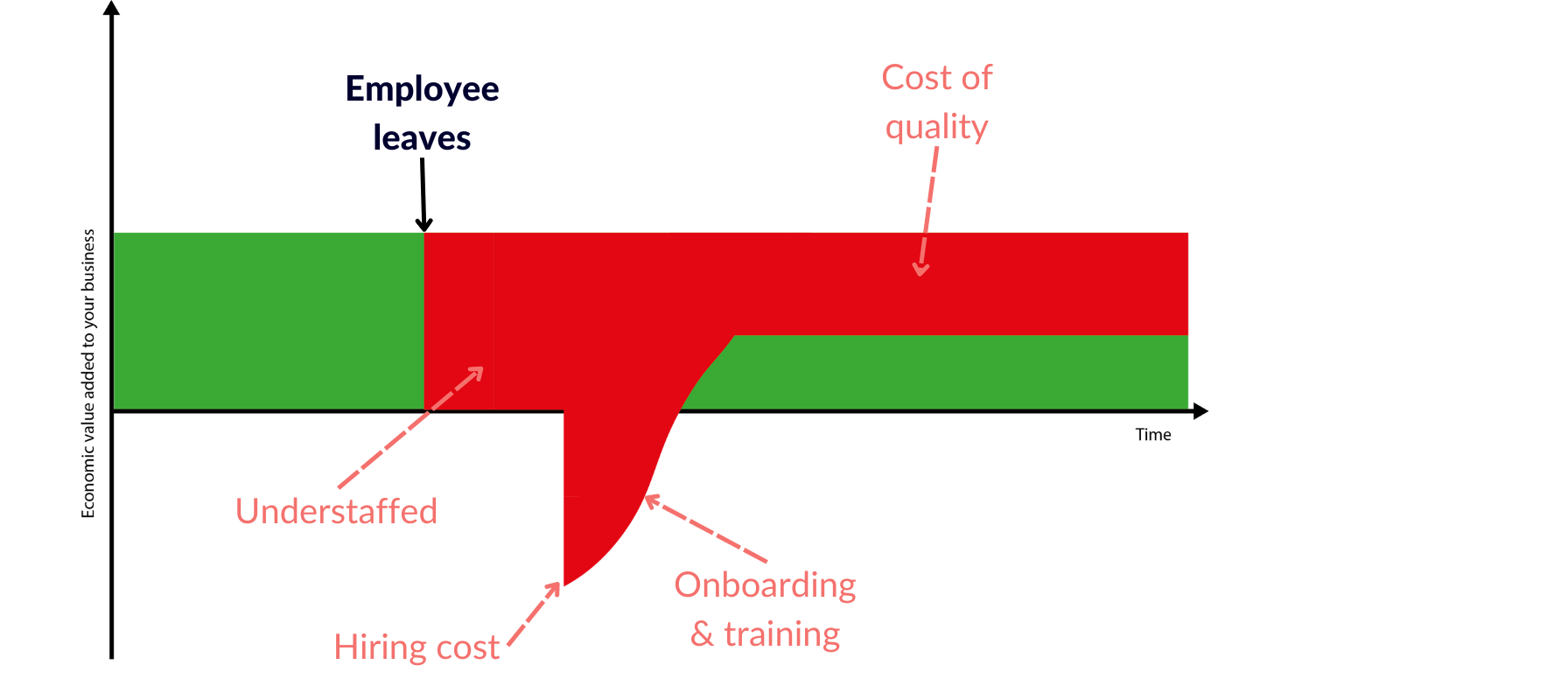What your manual recruitment process is costing your business
Using a box of paper CVs has been the norm for recruiting for high-volume entry-level roles, however, most don’t realise the potential cost of this approach.

JOBJACK Blog
By Heine Bellingan on Fri Apr 12 2024
The paper CV method has been a popular choice for recruiting most entry-level, or blue-collar roles like cashiers, cleaners, merchandisers, general workers and call centre agents.
The simplest way to start understanding why the perception of receiving paper CV applications from job seekers is not a free recruitment tool is to recognise the manual effort of the process. Even with the addition of more modern efforts, PDF emailed CVs fall in the same category.
Any recruitment process driven by manual input from your team to order, shift or sort through applications, is still costing your business money - even if you receive the CVs for free.
JOBJACK has researched and mapped out high-volume, entry-level recruitment processes for a few hundred South African companies and we have identified two recurring factors:
Firstly, employers need to move towards making a conscious decision to leverage available technology for recruitment. Understanding the potential cost of a manually driven recruitment process has been key to appreciating and adopting technology to maximise the effectiveness of your process and minimise your cost to the company.
Secondly, the potential cost of this method of recruitment is often hidden. Where is it hidden? Within the cost of admin involved in a manual process, coupled with the effect of being understaffed due to a slow, manual process that inevitably leaves you with the repercussions of a bad hire.
Let’s visualise the cost of this manual process.
How did we do this? We looked at the following key areas:
- The minimum value added per employee
- What is the actual cost of the hire
- The time it takes for that hire to add value
- The quality of the hire, determined by their fit for the role, their effect on productivity and the compounding effect of that quality
1. Minimum value added per employee

Let’s start at the beginning of a hiring scenario. In South Africa, an employee needs to add at least R5,000 in value to your business.
This number currently represents minimum wage, and each employee needs to add their salary value to your company, otherwise, it will drive the business to bankruptcy.
The moment an employee leaves, your business is potentially understaffed and being understaffed is expensive, because:
- Paying overtime to fill the gap.
- The inability to maintain a clean store or serve customers quickly can negatively impact sales by discouraging repeat business. Think about how many times you've left a store because you couldn't find assistance?
- An unhappy client, because you did not deliver a product on time.
Research in the clothing retail market found a 6.78% impact on sales and a 7.28% impact on gross profit for stores regularly understaffed. The question then becomes, what is the average time you take to fill a vacancy and what is that costing your business in the meantime?

2. Cost to hire
The direct and indirect cost to replace an employee is something you do not want to repeat often, simple to avoid additional costs like:
- Uniform cost.
- Paid time from a store manager or recruitment manager who gathers applications, sifts through applications, calls candidates to schedule interviews, and has interviews, often wasting time on irrelevant interviews.
- The cost of mistakes from a new hire.
- Training cost for a new employee.
3. Time to add value
After the recruitment process has been completed, a new hire could potentially take months before they add the value the way the previous employee added value.
- Loss in productivity of the new hire, or practically: R5,000 in monthly salary with low productivity for 3 months can equal to R15,000 loss. From the entry-level employers we have engaged with over the years, it takes an average of 3.16 months before a new employee is settled in and adding value.
- Loss in productivity of existing staff: The time a manager and fellow employees spend on a new hire assisting them in their ability to do their work.

4. Quality: Fit for the role
The suitability of a new hire for their role significantly affects staff turnover. The higher the staff turnover, the more frequently you incur the costs associated with replacing and onboarding new employees, and vice versa.

Quality: Effect on productivity
A new hire does not necessarily add the same value a previous employee added to the business.
For example, A packer packing 10 shelves an hour is replaced by a packer who can pack five shelves per hour. They earn the same salary, but the new employee only adds half the value. Your shelves will either be unpacked or you need to hire another packer to get the job done.

The compounding effect of quality
The longer a bad hire stays in a business, the bigger the impact on the business. That is why we always say, a quality hire has the biggest impact on your bottom line.

When you begin to understand the true cost of this manually driven recruitment process, you can begin to appreciate why adopting technology to maximise the effectiveness of your process can inevitably minimise your cost to the company.
You don’t build a business, you build people, and then people build the business.
The JOBJACK Platform maximises your recruitment results by minimising your manual admin, giving you access to a larger talent pool and empowering you with the rools to screen for candidates best suited for your needs.
JOBJACK is a Platform automating high volume entry-level recruitment in South Africa serving the likes of PEP, Food Lover’s Market, Woolworths, KFC, McDonald’s, DSV, Kauai and more.
Let's automate your entry-level recrutiment, book a demo with JOBJACK.
Subscribe to our newsletter
Stay up to date with the latest recruitment trends, technology and JOBJACK news.
